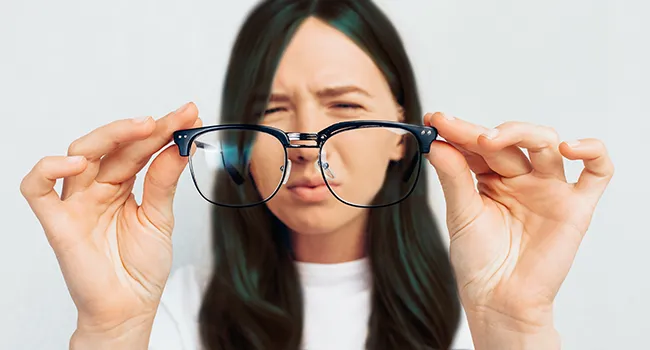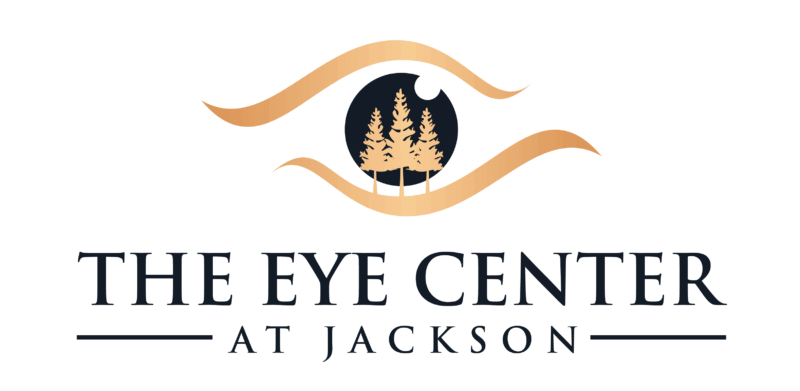
People with low vision face daily life challenges, and as a result, may feel as if they are not entirely independent. However, due to advancements in technology, it is possible for anyone with low vision to access visual aids to help them see better and clearer. Today, low vision devices are a huge component of ophthalmology and help millions of people navigate and adapt to their social environment.
Types of Low Vision Devices
Low vision devices are task-specific and mainly electronic or optical. Electronic aids include projectors, tablets, screen readers, and video magnifiers. Optical aids include binoculars, magnifiers, spectacles, and telescopes. Both types of devices aid in making an object easily readable or visible.
Optical Low Vision Devices
Optical low vision devices magnify an object using a lens. Some examples include:
Stand magnifiers. These are for reading, where you place the device over text to see more clearly. The magnifier does not require you to hold it while reading, and some come with lights to illuminate the pages. They are even more helpful when combined with reading glasses. A disadvantage of the stand magnifier is its size, as it wouldn’t fit in your pocket like reading glasses. It can be tiring to use for a long time because it requires you to bend while reading.
Magnifying reading glasses. These are the more common glasses worn close to your eyes. They are used for reading and observing computer screens at much closer distances and help to magnify a wide area of view. The downside of the glasses is that they require you to hold the objects much closer to see properly. It can be tiring if you're reading for a long time.
Telescopes. These can be handheld or attached low vision devices that are preferred for distance vision. The device has a typical magnification power of 2x to 10x, where x is how many times larger the telescope makes an object appear. Though telescopes offer more powerful magnification than other devices, they are bulkier and more expensive.
Anti-glare devices. These are worn like regular glasses, but they have tinted lenses. They contain absorptive filters, have different tints, and are set at special frequencies to reduce the glaring light. The combination of tints doesn’t work the same for everyone, and you may need to try out several glare devices to find the right one for you.
Electronic Low Vision Devices

Smartphones. Although primarily functioning as phones, new designs have seen the addition of controls that help people with low vision. A voice guide feature allows you to hear, read, and compose text messages. Many smartphone manufacturers have replaced buttons with a large touch screen on which you can control visual icons. The downside of the device is that you may need a training guide to use the features for communication.
Video Magnifiers. These use a built-in camera to enlarge images for reading tasks. They come as handheld or stand-mounted magnifiers with a built-in light source. The camera magnifies the objects and displays them on the screen for you to read. Some video magnifiers work with computers, which makes it easy to store data and produce it as hard copy.
Phone Apps for iOS and Android. There are many apps to help people with low vision interact better with devices. If you need directions while traveling, to find places of interest, or to convert foreign currency, there are applications to help you. You can customize the app to suit your needs.
Electronic Glasses. These are relatively new and expemsove. You would need to be evaluated. One version works by stimulating the synaptic activity from the remaining photoreceptor function of the user’s eyes. others work usinga combination of special glasses and a smart phone app..
Dictation Software. This is an assistive technology that allows you to use your voice to speak text and define the formatting of information in a device. This formatting involves adding commas, stops, quotes, and others. To input information, you don't need a keyboard, and you can create anything from a message to a research paper using the software. You can speak your thoughts out on a project and work on your creative writing without typing. You can convert the output into braille hard copy.
How to Choose the Best Devices to Help You See
To help you determine the best type of device for your low vision, you need a low vision examination. At the doctor’s office, you will undergo various tests. Once the evaluation results are in, you can try on some available devices. A low vision expert or occupational therapist working closely with your eye doctor (an optometrist or ophthalmologist) will give you first-hand training on how to effectively use a device, even before you purchase it.
There are many devices available for people with low vision. They vary from low to high technology and come with different price tags. With the help of professional evaluation, anyone with low vision can get the help they need to improve their life.
